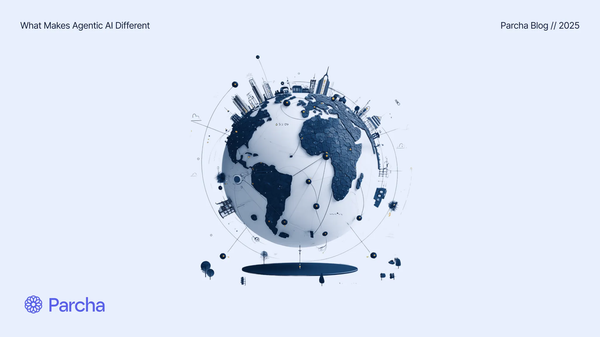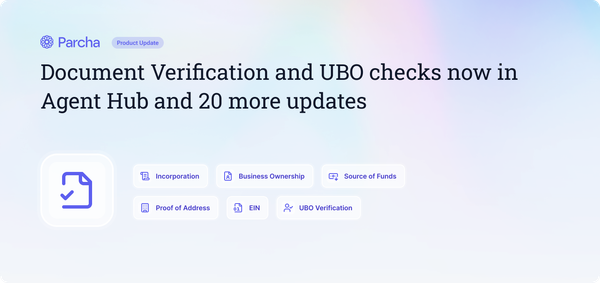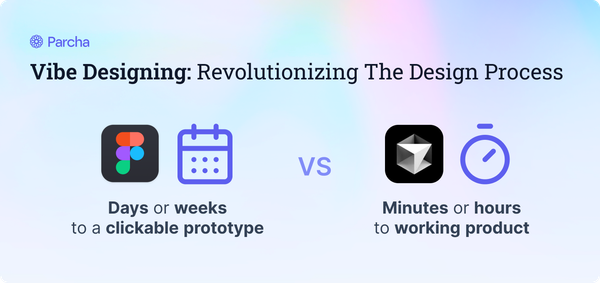The Compliance Arms Race Part 3: What Makes Agentic AI Different
This is Part 3 of our series The Compliance Arms Race, where we share why AI agents are changing the face of AML compliance.

Your team is drowning in alerts. Each day, thousands of transactions trigger flags. Analysts scramble to review cases manually, while regulators expect airtight oversight.
The pressure is constant: move fast, stay accurate, and never miss a red flag.
As Chief Compliance Officer, or the leader responsible for risk and operations, you know the stakes. One misstep means fines, reputational damage, or worse, regulatory intervention.
This is the reality agentic AI is built to change. Unlike traditional chatbots or narrow AI tools that require prompts and stop at single tasks, agentic AI refers to multi-step, autonomous systems. Think of it as a junior compliance analyst who never sleeps:
- Escalating when needed
- Pausing when context demands
- Adapting in real time
The Limitations of Traditional AI in Compliance
Rule-based systems and static AI can only match against predetermined patterns. They don’t adapt when risk signals shift, leaving your team exposed as criminals find new ways to exploit loopholes.
Traditional AI approaches also fall short on timeliness. Many workflows rely on quarterly or periodic reviews, which means red flags can go undetected until they’ve already become incidents.
Imagine a compliance team relying on routine AML scans and manual due-diligence reviews. A customer suddenly appears in adverse media for involvement in unethical supply chains. By the time the next scheduled review occurs, transactions have continued unchecked.
That delay would’ve led to a reputational hit and increased scrutiny from regulators. It’s an all-too-common failure of episodic, slow-moving compliance systems.
Real-world enforcement actions in recent years further highlight the risks:
Starling Bank (sanctions screening misconfiguration)
In October 2024, Starling Bank was fined approximately £29 million (US$35.4 million) by the UK Financial Conduct Authority (FCA), for serious lapses in its financial crime controls. The bank’s sanctions screening system had a misconfiguration. It was not screening against the full consolidated list and was only running screenings once every 14 days, well below expectations for its size and risk profile.
TD Bank (systemic AML monitoring failure)
Also in late 2024, TD Bank faced the largest-ever U.S. financial crime penalty (over $3 billion) after authorities uncovered systemic deficiencies in its anti-money laundering (AML) program. The bank’s legacy monitoring systems were overwhelmed by transaction volumes, failing to escalate suspicious activity linked to fentanyl trafficking and cross-border criminal networks. Regulators cited weak controls, staffing shortages, and reliance on outdated, reactive monitoring processes.
What your compliance team needs is technology that adapts continuously, makes its reasoning transparent, and aligns with institutional policies.
What Makes Agentic AI Different
So, what sets agentic AI apart from traditional compliance tools? Four capabilities define the difference.
Autonomy with Guardrails
Agentic AI isn’t about letting machines run unchecked. It’s about giving them the ability to take on routine, repetitive work while knowing when to stop and escalate.
Think of it as a junior analyst who follows the playbook to the letter. When the system encounters a sanctions or politically exposed person (PEP) match it can’t confidently clear, it doesn’t guess. It pauses, generates a contextual summary, documents the reasoning path, and escalates to you or your team according to policy.
The key is policy-driven workflows. Every action is aligned with your institution’s risk appetite, ensuring automation helps rather than hinders compliance.
Explainability and Audit-Ready Logic
In compliance, defensibility matters as much as accuracy. Regulators don’t just care about the “what” of a decision, they want to know the “why.”
Traditional black-box AI tools and legacy transaction monitoring models can’t show their reasoning. Leaving you exposed when the auditors arrive.
Agentic AI changes that. Each decision is logged step by step: the data sources checked, thresholds applied, and interpretations reached. You can drill down into the reasoning just as you would with a human analyst’s notes.
Instead of chasing dead-end PEP alerts, the system can connect the dots between the customer’s profile and the PEP hit. For example, if the alert is for a judge who was called to the bar in 1995, the system can calculate the minimum possible age and quickly see that the customer is too young to be the same person. It can also compare the customer’s location history against the adverse media linked to the PEP hit. This kind of reasoning resolves false positives in seconds instead of hours.
Continuous, Context-Aware Monitoring
Periodic reviews create blind spots. A customer may pass onboarding due diligence but later appear in adverse media, relocate to a high-risk jurisdiction, or quietly expand into restricted products. Waiting until the next quarterly review to catch that change is too late, too risky.
Agentic AI provides continuous monitoring. It doesn’t just watch sanctions lists; it actively scans websites, media, and public records to surface emerging risks in real time.
For example:
- A business may list an office address in a sanctioned country on its website’s contact page, even though it never disclosed that location during onboarding.
- An ecommerce company might start selling restricted products, such as cannabis paraphernalia, on a product page. Without making it obvious on the homepage or in their self-reported application.
Agentic AI supports global reach by integrating across international watchlists, handling multiple languages, verifying documents, and performing ultimate beneficial owner (UBO) checks. With this kind of context-aware monitoring, risks are surfaced as they happen, not months later.
Human-In-The-Loop: AI as Copilot
At the end of the day, compliance requires sound judgment. No system – be it human or machine – can anticipate every nuance of regulatory risk. That’s why agentic AI is designed as a copilot, not an autopilot.
You and your team are always the ones in control. Analysts can drill into decision logs, override AI outcomes, and apply their expertise to edge cases. The system handles the heavy lifting, including:
- Alert triage – Quickly prioritizing the most critical cases.
- Evidence gathering – Compiling relevant data and contextual information.
- Continuous screening – Monitoring sanctions lists, adverse media, and other risk signals in real time.
Meanwhile, you and your team can focus on applying the contextual judgment regulators expect. For example, if the AI detects a business operating in a high-risk jurisdiction that wasn’t self-attested in their application, your analyst can step in. They can quickly review the website or product pages to confirm the risk before escalating. This ensures accurate classification without any delays in onboarding.
Such human-in-the-loop design ensures that automation enhances your team rather than replacing it. The result is stronger coverage, faster decisions, and greater confidence when regulators come knocking.
Implementation Considerations
Successful deployment of agentic AI starts with governance. Align each agent with your institution’s standard operating procedures and risk thresholds. Trusted agentic AI platforms like Parcha enable this customization, ensuring automation works within your established policies.
Think of onboarding an agent like training a new hire. Feed it high-quality data, SOPs, and internal context, then review and reinforce its learning regularly. This builds reliability and reduces errors.
Modularity is key: deploy task-specific agents with built-in interruption points for human review. Every action is logged, auditable, and reversible – giving you full control over workflow outcomes.
Finally, meet regulatory expectations by ensuring transparency and compliance. Parcha’s audit logs and policy alignment provide traceable, defensible decision-making. So that your team can leverage automation confidently while maintaining regulator trust.
The Shift Compliance Leaders Can’t Ignore
Agentic AI is autonomous, transparent, and adaptive, helping compliance teams balance speed with control.
For financial institutions under regulatory pressure, it delivers scalable resilience while keeping oversight rigorous. Purpose-built platforms like Parcha make this possible today: auditable, policy-aligned, and designed for compliance from the ground up.
The question for leaders is no longer whether to adopt AI, but how to implement it responsibly. Done right, agentic AI doesn’t just streamline operations. It has the potential to elevate the entire compliance lifecycle.
To get an expert assessment of how AI agents can support your compliance organization, click here:
This is part 3 of our series The Compliance Arms Race - you can read part 1 and part 2 here:







